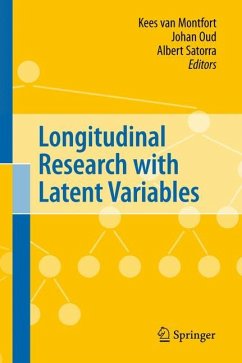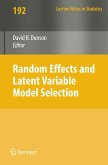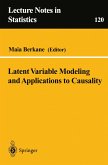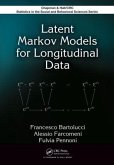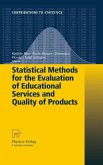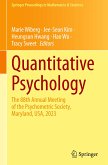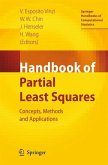Since Charles Spearman published his seminal paper on factor analysis in 1904 and Karl Joresk ¨ og replaced the observed variables in an econometric structural equation model by latent factors in 1970, causal modelling by means of latent variables has become the standard in the social and behavioural sciences. Indeed, the central va- ables that social and behavioural theories deal with, can hardly ever be identi?ed as observed variables. Statistical modelling has to take account of measurement - rors and invalidities in the observed variables and so address the underlying latent variables. Moreover, during the past decades it has been widely agreed on that serious causal modelling should be based on longitudinal data. It is especially in the ?eld of longitudinal research and analysis, including panel research, that progress has been made in recent years. Many comprehensive panel data sets as, for example, on human development and voting behaviour have become available for analysis. The number of publications based on longitudinal data has increased immensely. Papers with causal claims based on cross-sectional data only experience rejection just for that reason.
From the reviews:
"In this volume the 19 contributors presents 9 papers which combine longitudinal and latent variable research. ... The book addresses the great majority of researchers in the behavioural and related sciences, in academic as well as non-academic environments. It also addresses methodologists and statisticians, who are professionally dealing with longitudinal research, to provide standards for state of the art practices, and is very useful for PhD students in mathematical statistics or in biostatistics." (T. Postelnicu, Zentralblatt MATH, Vol. 1210, 2011)
"In this volume the 19 contributors presents 9 papers which combine longitudinal and latent variable research. ... The book addresses the great majority of researchers in the behavioural and related sciences, in academic as well as non-academic environments. It also addresses methodologists and statisticians, who are professionally dealing with longitudinal research, to provide standards for state of the art practices, and is very useful for PhD students in mathematical statistics or in biostatistics." (T. Postelnicu, Zentralblatt MATH, Vol. 1210, 2011)

